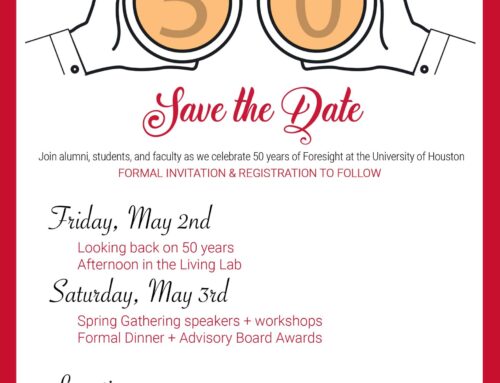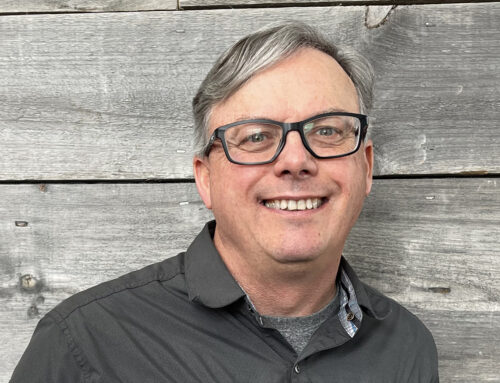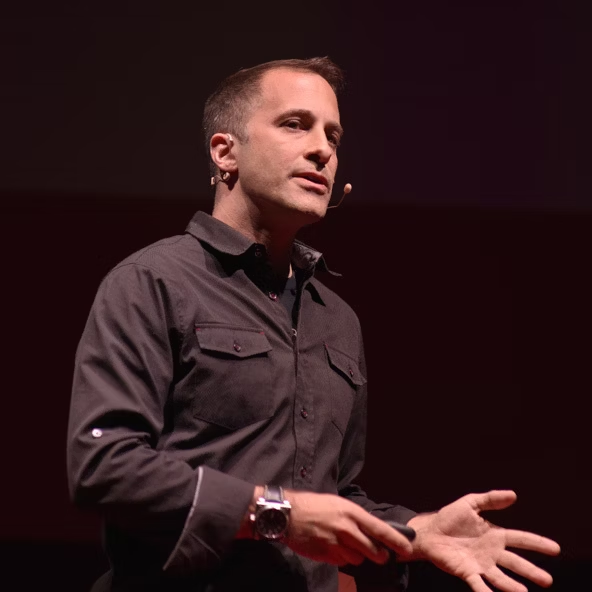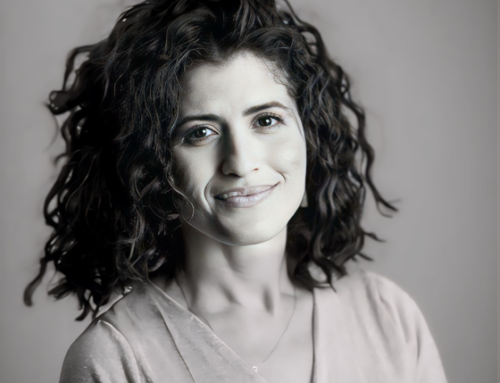Guest Contributor Carlo Lopa
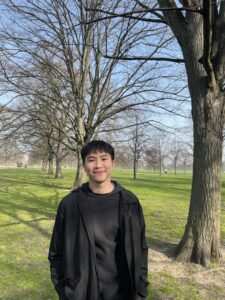 Camilo Maria Ricardo Quiason Lopa, also known as “Carlo” by family, friends, and colleagues alike, is a recent graduate of the Foresight program at the University of Houston. Carlo is a strong advocate of young governance and participatory democracy. He also maintains goals of achieving food security, combating climate change, and eliminating corruption in political institutions. Currently, Carlo is actively working with the Barangay People’s Council of Naga City in the Philippines, and serves as a consultant in the direction-setting of the civil society organization.
Camilo Maria Ricardo Quiason Lopa, also known as “Carlo” by family, friends, and colleagues alike, is a recent graduate of the Foresight program at the University of Houston. Carlo is a strong advocate of young governance and participatory democracy. He also maintains goals of achieving food security, combating climate change, and eliminating corruption in political institutions. Currently, Carlo is actively working with the Barangay People’s Council of Naga City in the Philippines, and serves as a consultant in the direction-setting of the civil society organization.
Introduction
There is no question that Foresight is a great methodology to prepare people for emerging futures. However, despite its potential to do so, it does not necessarily have the processes or tools for organizing collective agendas. Hence, in the Spring of 2023, I hypothesized that the Houston Foresight framework could be integrated with Collective Impact — a methodology developed by Mark Kramer and John Kania to systematically build and operationalize long-term collective action (2011). This paper outlines what came out of this conceptual endeavor.
What is Collective Foresight?
I tried multiple ways to put the two frameworks together, but realized that the best strategy would be to place them in a similar context. The problem is that Foresight is known as an expert driven methodology, which depends on a single individual to determine what a plausible future is. Yet, this is not compatible with Collective Impact because it requires participation from different stakeholders.
Likewise, in order to put them into the same context, I took a lot of inspiration from Adam Kahane. Despite not identifying as a futurist, Kahane facilitates multi-stakeholder workshops and utilizes foresight methods to help people collaborate and imagine plausible futures. Likewise, this facilitative approach to Foresight made me realize that in order for Houston’s Foresight framework to become more compatible with Collective Impact, it simply needed to involve more stakeholders. Meaning, instead of foresight being used as an individual research tool, it should become more participatory — wherein a futurist takes the role of a facilitator, guiding the discussions and deliberations of individuals towards a common and desirable future.
After continuous tinkering, I came up with a hybrid framework called Collective Foresight and its theory of change is quite simple — the problems we face today are too complex for a single entity to solve alone. Rather, it needs different stakeholders to work together and change systems that they are a part of themselves. However, this is easier said than done. Normally fostering cooperation between different stakeholders is challenging because everyone has different perspectives and agendas. Therefore, the only logical way to overcome their differences is to help them craft a common preferred future that they can rally around and systems to support them.
To arrive at this collective action, a group must go through five steps inspired by Houston’s foresight framework, and organize one key element inspired by the Collective Impact framework — which I think Adam Kahane’s practice fails to consider.
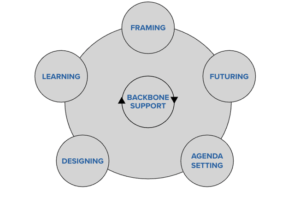
The first step is Framing, which involves organizing key stakeholders of an issue, and getting them to have a common understanding of the current context. Likewise, this includes doing a contextual inquiry, cultivating the relationships of key stakeholders, and helping them construct a shared narrative about their current situation. Second, Futuring involves getting people to think about the implications of decisions and problems. In this sense, it is all about making them explore what could happen in the emerging future and how that may affect them or their problem area. Third, Agenda Setting involves constructing a common vision that the key stakeholders can rally around, but also a strategy plan that they can tweak and adapt in order to achieve it. Fourth step is Designing, which is getting into the tactical details of the projects, policies, and activities that came out of the strategy plan and figuring out how to . Finally, the last step is called Learning, which is essentially implementing the agenda but also carefully observing and tweaking what did not work. The idea is that implementing a long term agenda is never done in a straight line. There will be bumps you did not expect or solutions that you thought would work but did not. Thus, the stakeholders need to experiment their way forward, and be open to tweaking the initial plan.
It must be noted that each step in this framework involves stakeholders participating in a set of workshops. The workshops are essentially a crowdsourcing platform for key stakeholders to deliberate on key decisions, align on certain matters, and strategize towards a common future.
While all of these key steps are being implemented, it is vital that a backbone is identified and supported. Why is this important? Well, according to Kramer and Kania, collaborations between different stakeholders fail because they lack the infrastructure to manage themselves (2011). Thus, there needs to be a separate organization or staff that organizes, manages, and supports the collaboration of key stakeholders — and in the case of this framework, the role of a futurist is to identify a potential backbone and help fulfill its five essential functions (Juster et al., 2017) — the first one being facilitating dialogue among different stakeholders and providing direct support to coalition heads. Second, help establish and monitor the shared measurements of the coalition. Third, cultivate community engagement and ownership by engaging every stakeholder and encouraging inclusive decision-making. Fourth, advance policy agendas of the coalition by lobbying their ideas to funders, government, and other important decision makers. Lastly, help mobilize resources for the collective by raising funds for initiatives and finding ways to garner non-monetary support (e.g. volunteers).
Current Application
I am currently applying this conceptual framework with the Barangay people’s council (BPC) of Naga City, Philippines. They consist of 27 Barangays (villages) and each one has a president who represents their specific barangay. Now, when we started last January, the BPC presidents were disjointed and had no formal process for setting a common agenda. Yet, since applying the framework, they now have an internal agenda to fix their issues. For instance, through the process they realized that some barangay officials are unaware of their roles and functions — therefore they are seen as enemies rather than people who can help them govern. In response to this issue, they have been going around educating officials on their roles and functions. If you are interested in more information on this, I am journaling my experience as part of my masters project. Stay tuned!
Resources
Kania, J., & Kramer, M. (2011). Collective impact (SSIR). Stanford Social Innovation Review: Informing and Inspiring Leaders of Social Change. https://ssir.org/articles/entry/collective_impact
Juster, J. S., Tilghman, L., Cohen, J., & Brady, S. (2017). Backbone Starter Guide: A Summary of Major Resources about the Backbone from FSG and the Collective Impact Forum. Collective Impact Forum.

